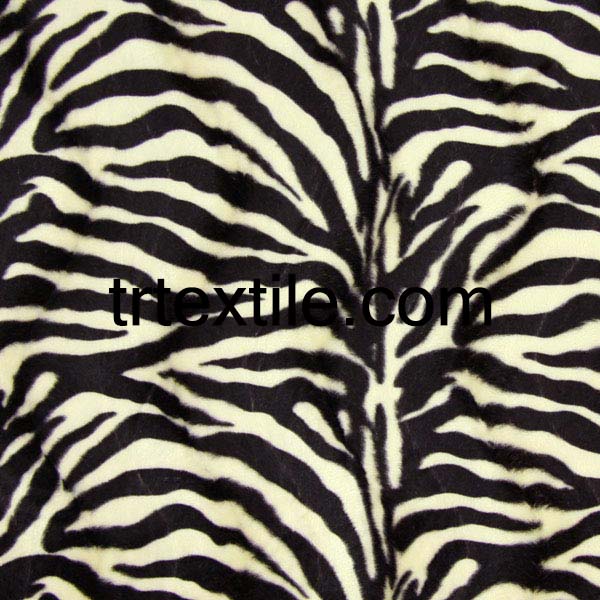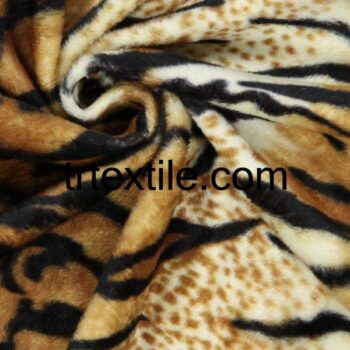Fur fabric has a long and storied history, dating back thousands of years. Used by ancient civilizations for its warmth and luxurious feel, fur fabric has been a staple in the world of fashion and textiles for centuries. While the use of fur has been met with controversy in recent years, there is no denying the beauty and versatility of fur fabric.
Fur fabric is made from the pelts of animals such as minks, foxes, rabbits, and chinchillas. These animals are raised on fur farms specifically for their pelts, which are then processed and turned into fur fabric. The process of turning a raw animal pelt into a soft and luxurious fur fabric is a complex and labor-intensive one, involving several steps such as skinning, cleaning, tanning, and dyeing.
One of the main reasons why fur fabric is so prized is its superior warmth and insulation properties. Fur is one of the warmest natural fibers available, making it perfect for cold weather garments such as coats, hats, and gloves. Additionally, fur fabric is incredibly soft and has a luxurious feel that cannot be replicated by synthetic materials.
In addition to its practical uses, fur fabric is also highly coveted in the world of high fashion. Designers such as Fendi, Chanel, and Gucci have all incorporated fur into their collections, creating stunning and luxurious pieces that command high price tags. Fur fabric is often used to create statement pieces such as coats, jackets, and accessories, adding a touch of glamour and sophistication to any outfit.
Despite its popularity in the fashion world, fur fabric has faced significant backlash in recent years due to concerns about animal welfare and environmental impact. Many animal rights activists argue that the fur industry is cruel and inhumane, with animals being kept in cramped and unsanitary conditions on fur farms. Additionally, the process of tanning and dyeing fur can have a negative impact on the environment, as it involves the use of toxic chemicals that can pollute waterways and harm ecosystems.
In response to these concerns, many fashion designers and retailers have begun to phase out the use of real fur in their collections in favor of faux fur, which is made from synthetic materials. Faux fur has come a long way in recent years, with manufacturers developing high-quality alternatives that closely mimic the look and feel of real fur. While faux fur may not have the same level of warmth and insulation as real fur, it offers a cruelty-free and more sustainable alternative for those who want to enjoy the look of fur without the ethical concerns.
In conclusion, fur fabric is a luxurious and versatile material that has been prized for its warmth and beauty for centuries. While the use of real fur has come under scrutiny in recent years, there is no denying the allure of fur fabric in the world of fashion. Whether you prefer the real thing or opt for a cruelty-free alternative, fur fabric will always be a timeless and elegant choice for those who appreciate the finer things in life.




